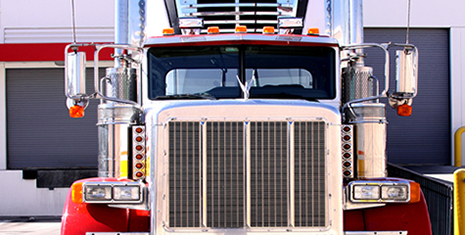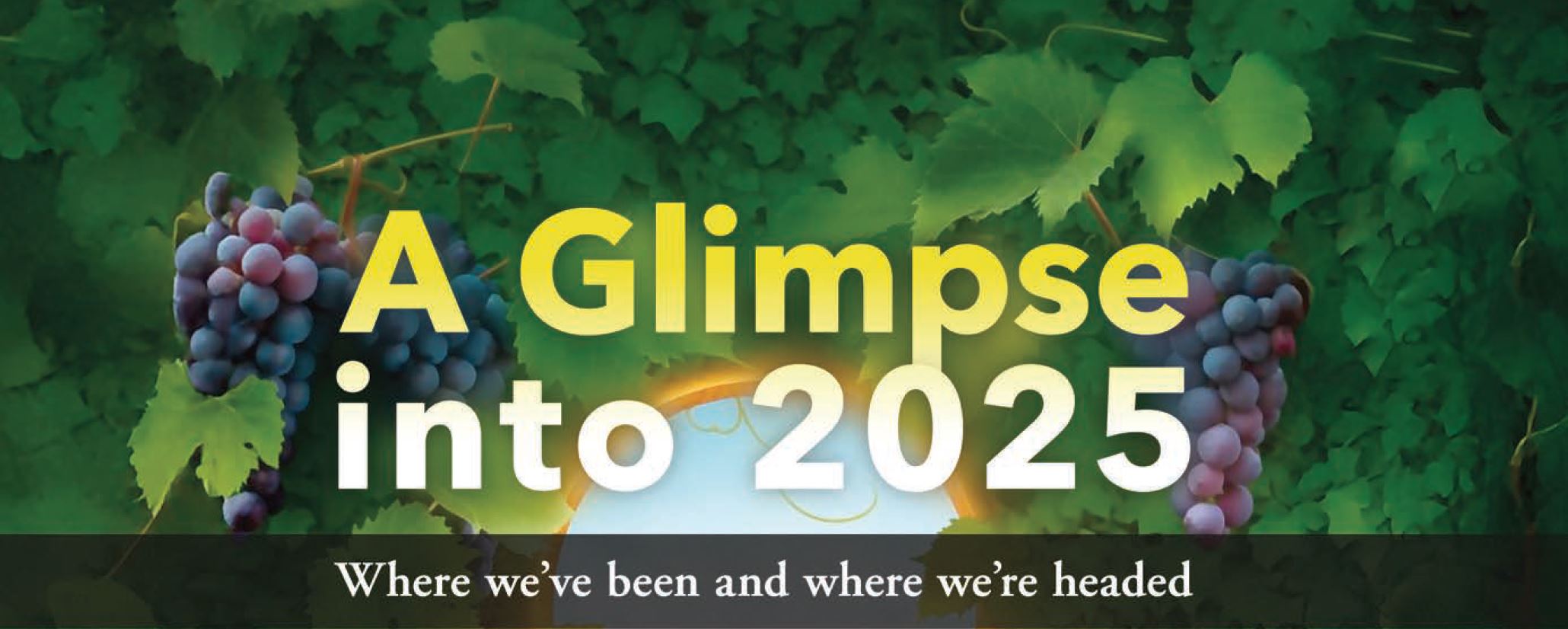Welcome to Blue Book!
Are you ready to join the thousands of companies who rely on Blue Book to drive smarter decisions? View our plans and get started today!
Still have questions? We’d love to show you what Blue Book can do for you. Drop us a line– we’ve been waiting for you.

While the highway work is long overdue in some areas, the construction does result in congestion and delays for truckers.
Tracking the headaches is ATRI, which ranks the most congested intersections in the country. Topping the most recent list were I-285 at I-85 in Atlanta; the I-290 at I-90/I-94 exchange in Chicago; and I-95 at SR 4 in Fort Lee, NJ (an approach to the George Washington Bridge). Houston boasts four locations on the top 10, while curiously, Los Angeles only has one.
Every traffic snarl and highway backup impacts truckers—from ELDs and HOS to fuel and quickly deteriorating produce loads. In a related problem, Lund says delays at the dock are becoming a bigger problem too. “More truck lines are pushing back and wanting compensation for excessive delays on the dock.” Complicating the matter is how to define ‘excessive’—“Is it four hours? Is it eight hours?” Some truckers, he notes, consider two hours too much of a delay and want compensation.
#10 Future Quest
Technology, too, is bringing new issues to the fore. For example, there are now apps similar to Uber for freight hauling. One is Cargomatic in Los Angeles, which launched in 2014, and another is Convoy in Seattle, which started in 2015. There are also concept trucks and new equipment, like high-tech lift trucks connected via the Internet to warehouse management systems.
Platooning and autonomous (or driverless) truck technology is also getting closer to reality, though semi-autonomous will likely come first with collision avoidance, as well as cameras and radar to detect problems.
Lund says Nevada is among those testing such vehicles. “I don’t think we’re going to pull the drivers out of the trucks yet, but a truck will soon go on auto-pilot and follow the truck ahead of it, and the driver can take a nap.” While the technology is close, regulations for it are not. The government needs to start working on the rules this year, he adds.
Concluding Thoughts
While computerized, autonomous vehicles are being developed, the biggest focus of the produce transportation industry is still the very human driver. Attracting more and keeping them motivated and content can help all manner of problems—and part of this equation is the next generation of shiny, high-tech trucks.
“We’re right at the cusp of a whole host of changes to big rigs,” Lund enthuses. “The system just continues to get better and better.”
And this relates to the image projected by the trucking industry, too. “People don’t understand the importance of interstate commerce,” insists Voie, “and they don’t relate the gallon of milk on the grocery store shelf to the 18-wheeler alongside them on the highway.”
Image: Shutterstock.com/David Touchtone




